 7
7
It doesn't take a time machine to immerse ourselves in someone's past world. Just like the world of Antip Obushtarov - the photographer, whose glass plates reveal images, events and landscapes from a century ago.
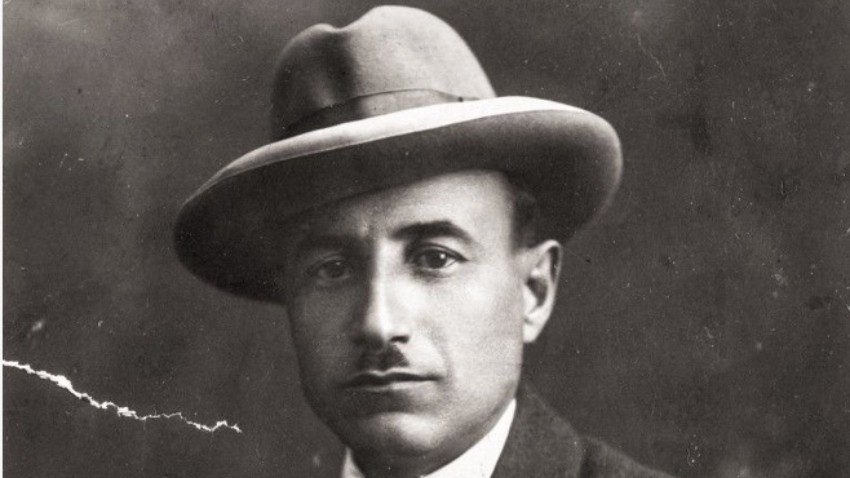
The glass photographic plates of Antip Obushtarov showing life in the Bulgarian village of Shipka in the period 1906 to 1931 were kept for 75 years under the stairs of his home house. In the middle of the 90s his relatives handed them over for storage in Chirpanlieva House – one of the few preserved buildings from the Bulgarian National Revival in the village and home to a valuable ethnographic collection. At the beginning of 2021 a benefactor reviewed the collection and gave new life to the photos.
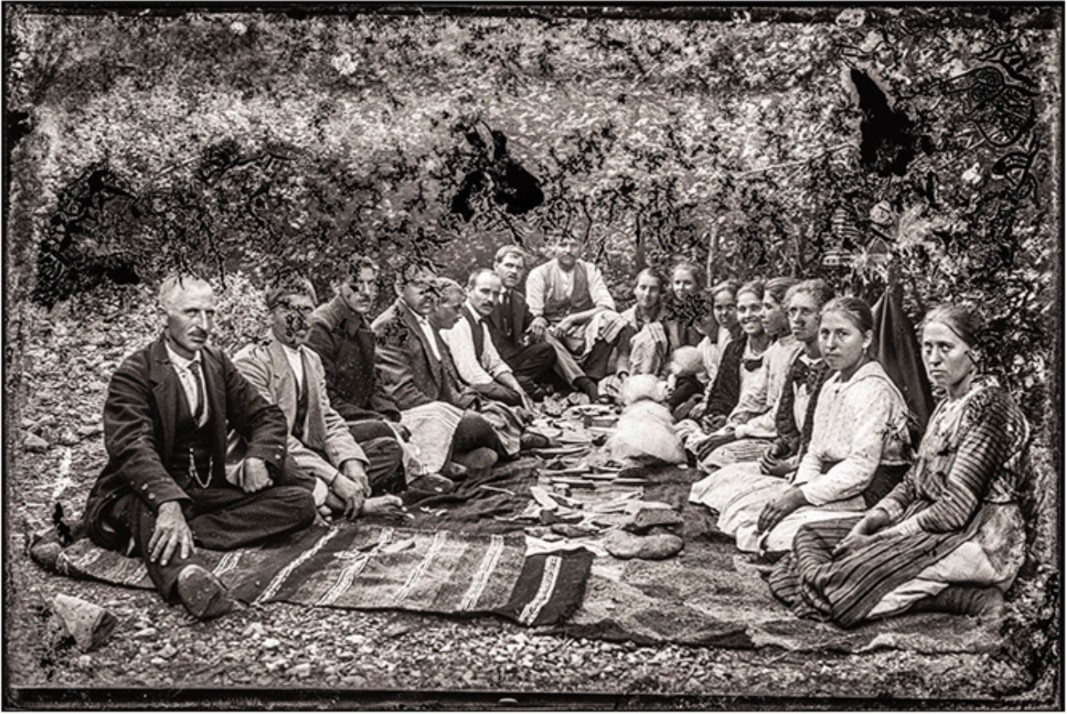
"Antip was practically a rural photographer,” says photographer Alexander Ivanov, who took on the responsible task of presenting Obushtarov’s work in the best and most honest way.
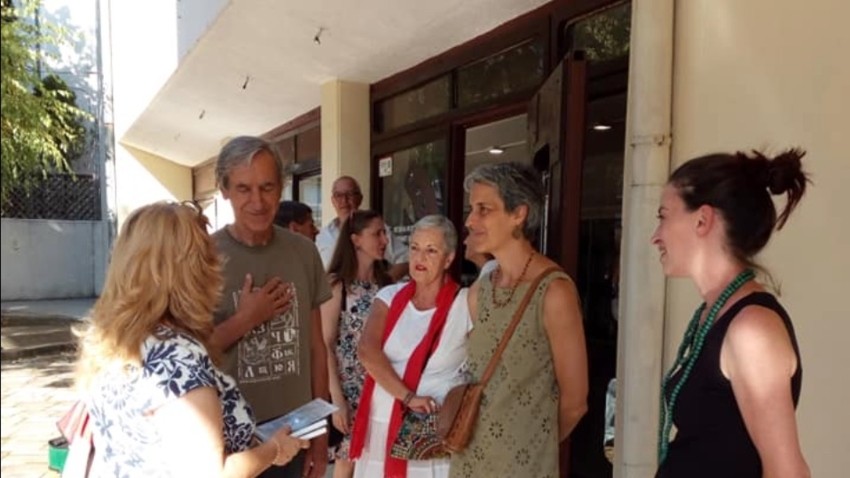
“The village of Shipka had about 2200 residents back then; there were many children and young people. Hundreds of Shipka residents took part in the Balkan Wars and WWI. Antip photographed everything that happened in the village, but unlike most fashion photographers he did not have his own studio. Instead, he walked around and shoot in people's yards, in pubs, in the fields. He also photographed guests visiting the village of Shipka. People in the village trusted and respected him and he was the only one photographer there.”
Antip was born in 1888, taking the name of his little brother, whose life lasted just a few days. From an early age he showed artistic talent in music, carpentry and was also attracted by inventions.
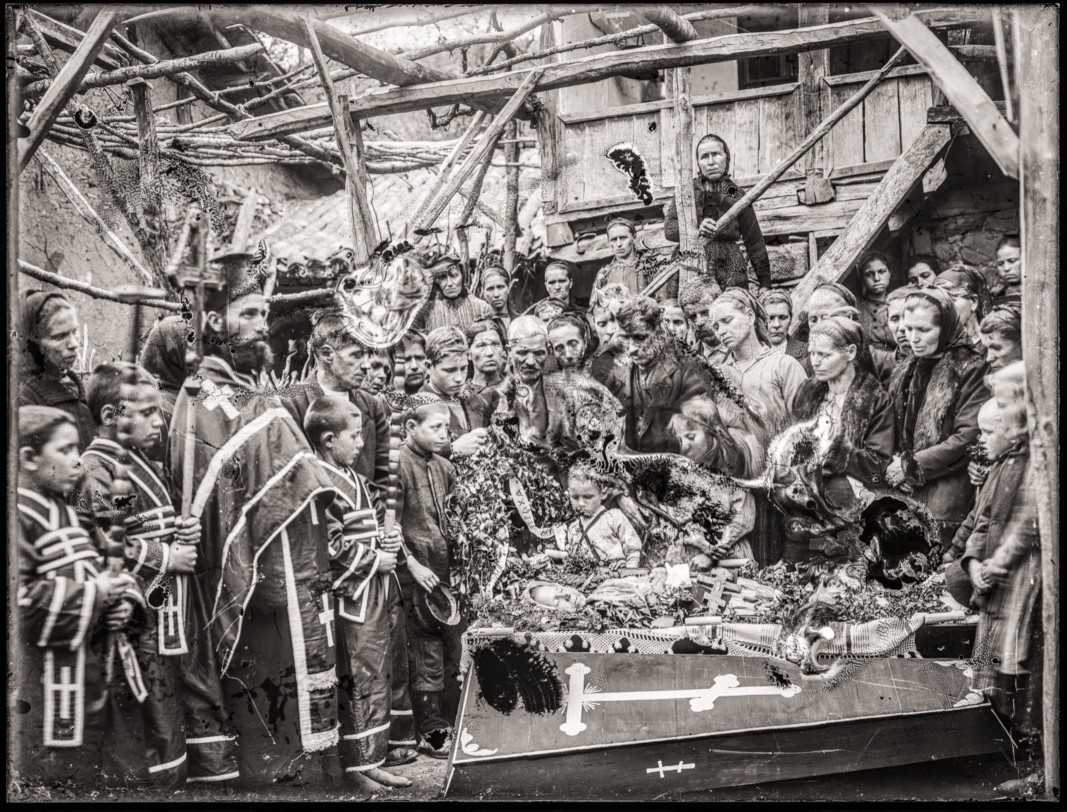
He started dealing with photography at the beginning of the new century and specialized for 9 months in Vienna. In the Second Balkan War and the First World War, he became a military photographer as seen by the cards he handed out to soldiers in order for them to write to their beloved ones. In the most tragic moment of his life he photographed the dead bodies of his mother, sister and brother-in-law, killed in a purge after the biggest terrorist act in Bulgarian history - the bomb attack on St. Nedelya Church in April 1925. His photographs show Bulgaria of the past and one of the most exciting shots shows barefoot children going to school.
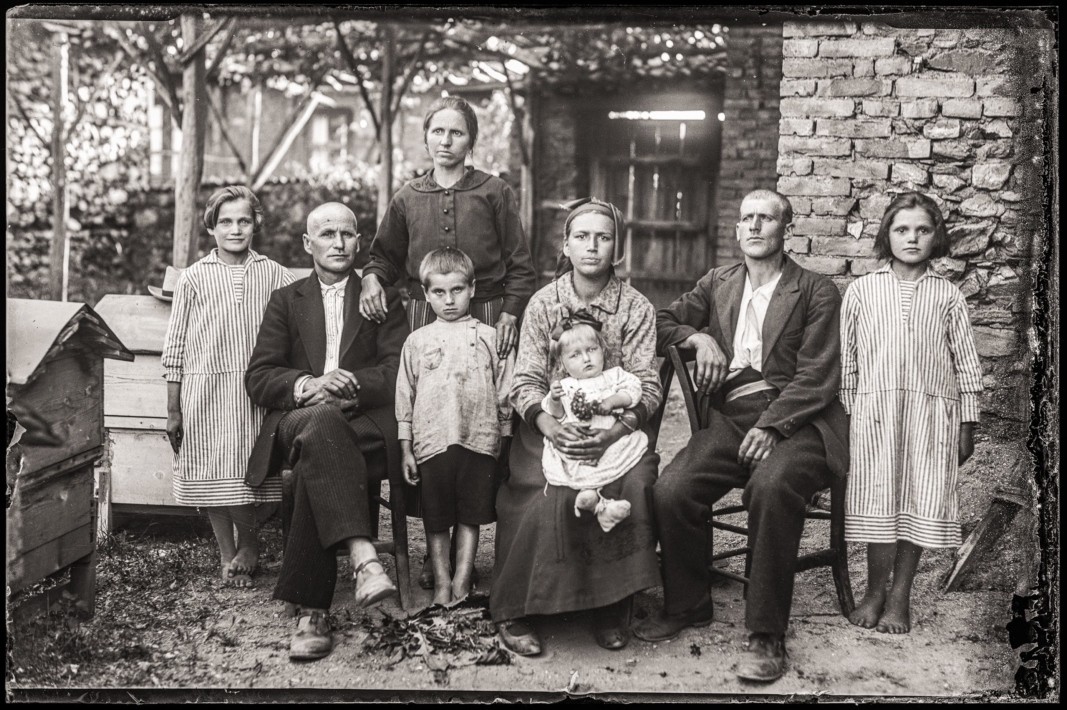
"The historical period is very interesting because poverty and affluence, war and peace, happiness and despair were going hand in hand," the photographer says. “These barefoot children later became people who brought Bulgaria up after the catastrophe of 1939 - before that the standard of living was comparable to that of any European country. At that time people had great spirit, they had ideals they pursued and achieved. Their faces cause admiration. These were very pure people - they grew up close to nature and communicated with each other in a different way than today’s.”
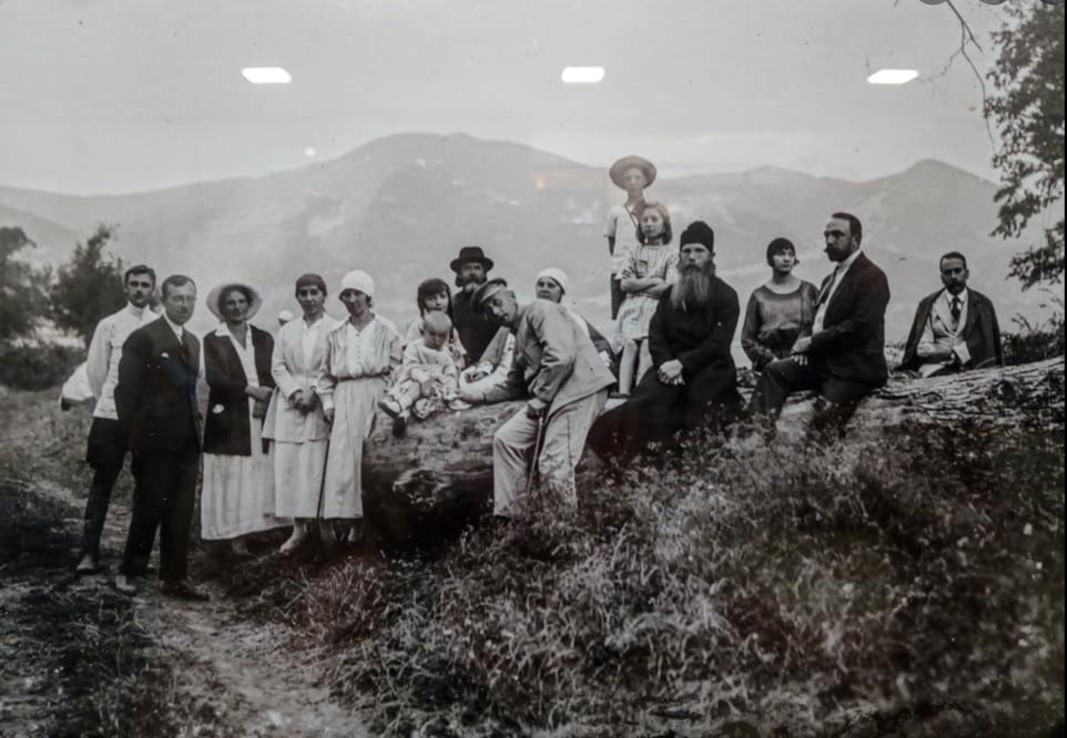
Along with the skills of the photographer, time has also had the role of a creator. It has acted through moisture and light, selectively changing the reality shown in the shots, contributing to the unreal atmosphere.

"It seem as if the processes of destruction were guided by someone," Alexander Ivanov says. “For example, in a photo of a mother and child, almost nothing is left of the image of the mother but that of the child remains intact. We can see a mass event in which everyone in the group has been erased but the images of two people in the center stand out untouched by time.”
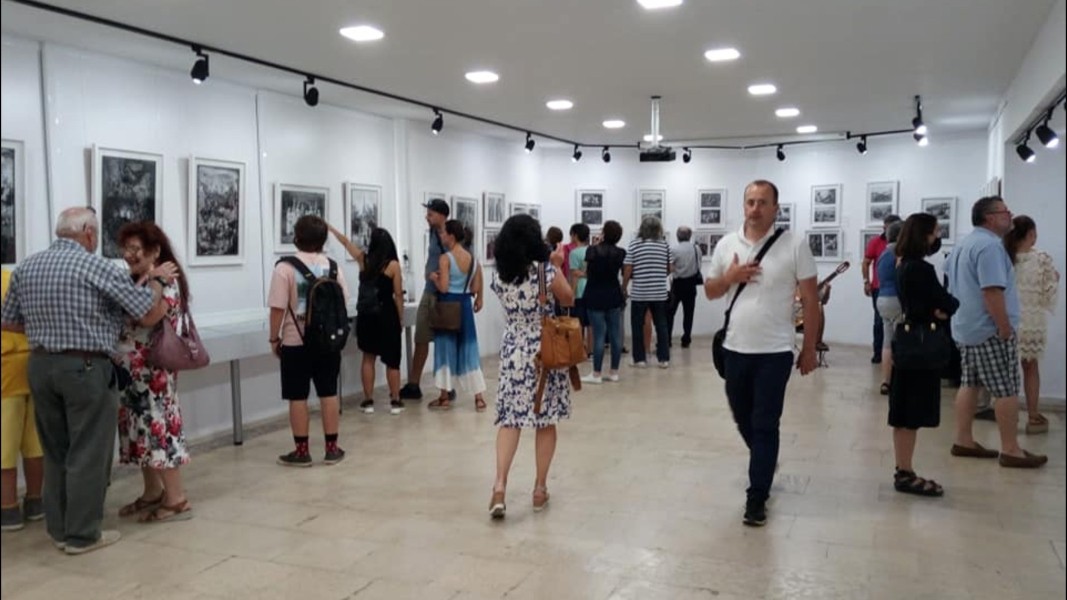
A day before the Assumption of Mary /August 15/ the wonderful world of Antip Obushtarov was resurrected thanks to the retrospective exhibition "100 years ago" in the Museum of Photography and Contemporary Visual Arts in Kazanlak. On the occasion of its 160th anniversary, Svetlina Community Center in the town of Shipka also hopes to show the photos. The preparation of an album is underway.
English: Alexander Markov
Photos: Alexander Ivanov and Svetlina Community Center
From 16 September, the History Museum in Panagyurishte will be hosting the original Panagyurishte Gold Treasure. The priceless find will be displayed in the museum’s secure vault hall, where it can be seen until October 23. The treasure will be on..
On September 14, the Bulgarian Orthodox Church bows down before the cross on which Jesus Christ was crucified . The Exaltation of the Holy Cross of the Lord or Cross Day is one of the 12 great Christian holidays. It is one of the four days..
Today, Bulgaria celebrates the 140th anniversary of the Unification of the Principality of Bulgaria and Eastern Rumelia. The center of the festivities is Plovdiv, where on this day in 1885, after the entry of the Golyamo Konare detachment into the..
In today’s world, where material values overshadow the spiritual, reflections on the salvation of souls somehow remain in the background. The constant..

+359 2 9336 661
